Optimal Timing for Concrete Installations
Concrete installations are most effectively completed during specific times of the year to ensure durability and quality. The ideal conditions involve moderate temperatures, low humidity, and minimal rainfall, which facilitate proper curing and setting processes.
Spring offers moderate temperatures and lower rainfall, making it suitable for concrete work without the risk of rapid drying or freezing.
Summer can be suitable if temperatures are not excessively high. Proper planning for shade and hydration is essential to prevent cracking.
Fall provides cooler temperatures and less humidity, ideal for curing concrete effectively before winter.
Winter temperatures can hinder curing and increase the risk of freezing, which can damage freshly poured concrete.

Ways to make Concrete Installations work in tight or awkward layouts.
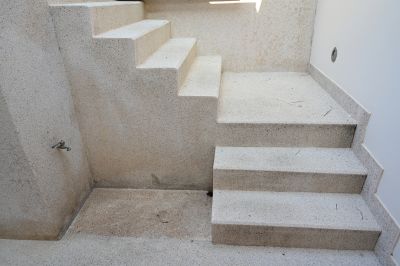
Popular materials for Concrete Installations and why they hold up over time.

Simple add-ons that improve Concrete Installations without blowing the budget.

High-end options that actually feel worth it for Concrete Installations.
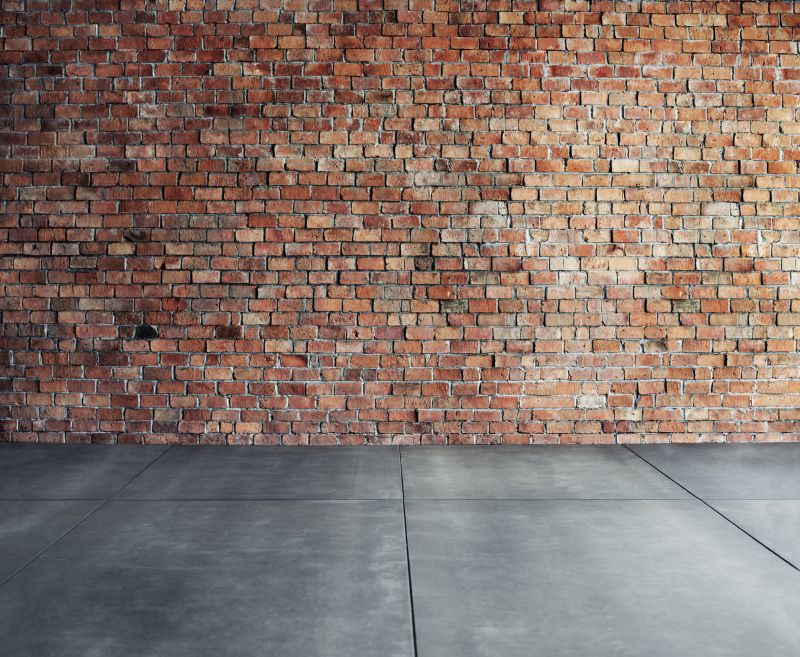
Finishes and colors that play nicely with Concrete Installations.
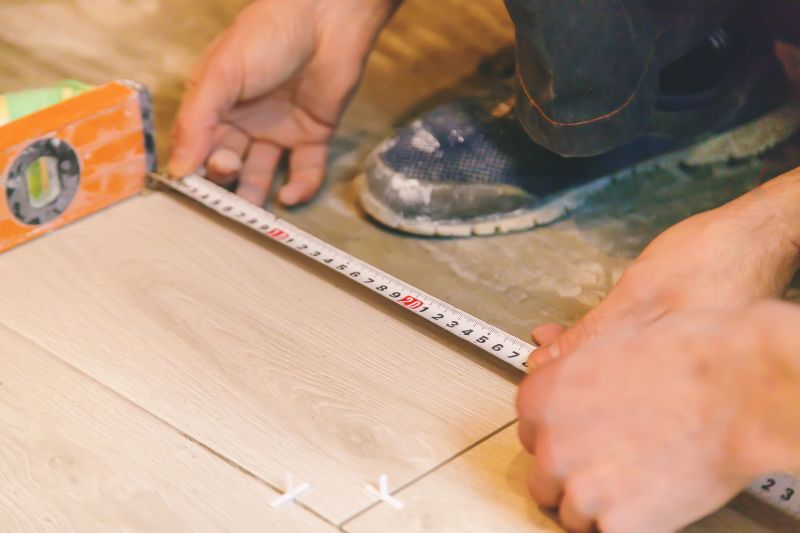
Little measurements that prevent headaches on Concrete Installations day.
| Season | Ideal Conditions |
|---|---|
| Spring | Moderate temperatures, low rainfall, ideal for curing |
| Summer | Warm but not excessively hot, needs shade and hydration |
| Fall | Cooler temperatures, low humidity, suitable for curing |
| Winter | Cold temperatures, risk of freezing, generally unsuitable |
Concrete installation requires careful planning to match seasonal weather conditions. Proper timing ensures the concrete cures correctly, reducing the risk of cracking and other issues. Factors such as temperature, humidity, and precipitation play a crucial role in determining the best time for pouring concrete.
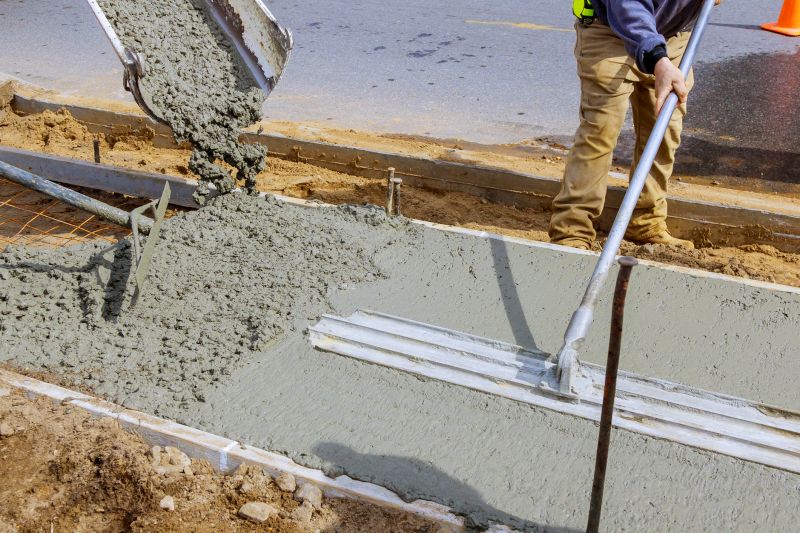
A 60-second routine that keeps Concrete Installations looking new.
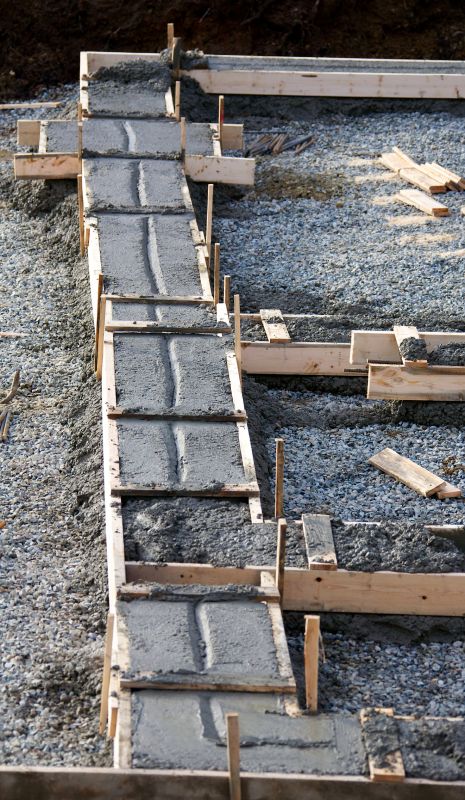
A frequent mistake in Concrete Installations and how to dodge it.
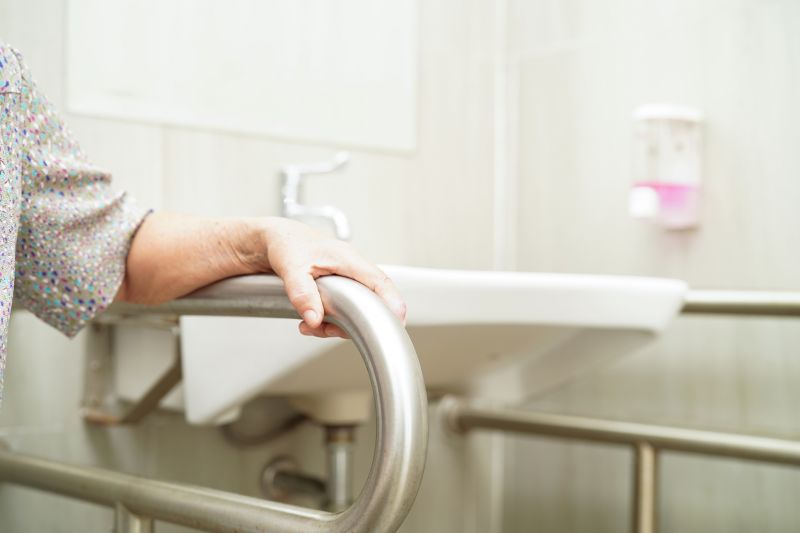
Small tweaks to make Concrete Installations safer and easier to use.

Lower-waste or water-saving choices for Concrete Installations.
Proper curing is essential for strength and durability. It involves maintaining moisture and temperature conditions suitable for concrete to gain maximum strength.
Extreme weather conditions can delay or compromise concrete setting. Planning around seasonal patterns minimizes issues.
Adjusting schedules and protective measures ensures concrete quality regardless of seasonal variations.
Choosing the right time for concrete installation depends on local climate conditions and project requirements. Proper timing ensures the longevity and performance of the finished surface. Consulting with experienced professionals can help determine the optimal window for specific projects.
